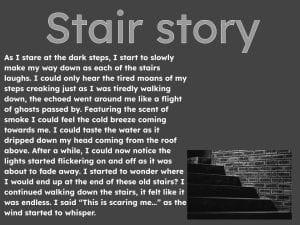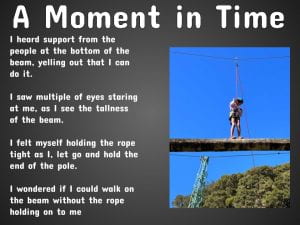To understand the structure and language features in an explanation
To upset someone is to make people unhappy, disappointed or worried. In the fairy tales Goldilocks and the Three Bears, Goldilocks made some problems that upsets the 3 Bears. Has anyone upset you before?
Goldilocks did not think of what might happen to other people if she consequently upset them by disrespecting their privacy. Goldilocks was certainly curious, so with this in mind she decided to enter the house. The smell of the porridge made her hungry, she felt the urge to try every single bowl of porridge as a result she found the one that was just right. In fact, Goldilocks destroyed the Bear’s property which she is not showing respect to the Bear’s property. How would you feel if someone destroyed your property?
She felt tired when she finished eating. Otherwise she went into the bedroom. Goldilocks tried every until as a result she found one that was just right, the bed was so cosy and comfortable so she constantly fell asleep. This means that she is using the Bear’s property without asking or knowing it’s theirs. When the Three Bear’s came back, they were so shocked by what they saw. How would you feel if someone broke into your house?
If someone came into my house, I would be shocked. If someone destroyed one of our property, I would be angry and sad. If someone is sleeping on my bed, I would be disappointed.
To help us understand how to write an explanation we looked at the purpose, the structure (what it looks like) and the language features. An expalantaion tells us how or why something is the way it is. To help us understand this we learnt about cause and effect. Cause and effect is an action and a reaction. We used the story of Goldilocks and the 3 Bears to help us understand this. Here is our explanation that describes how Goldilocks upset the Bear family.
This activity was fun beacause I learned what an explantion has or does.

